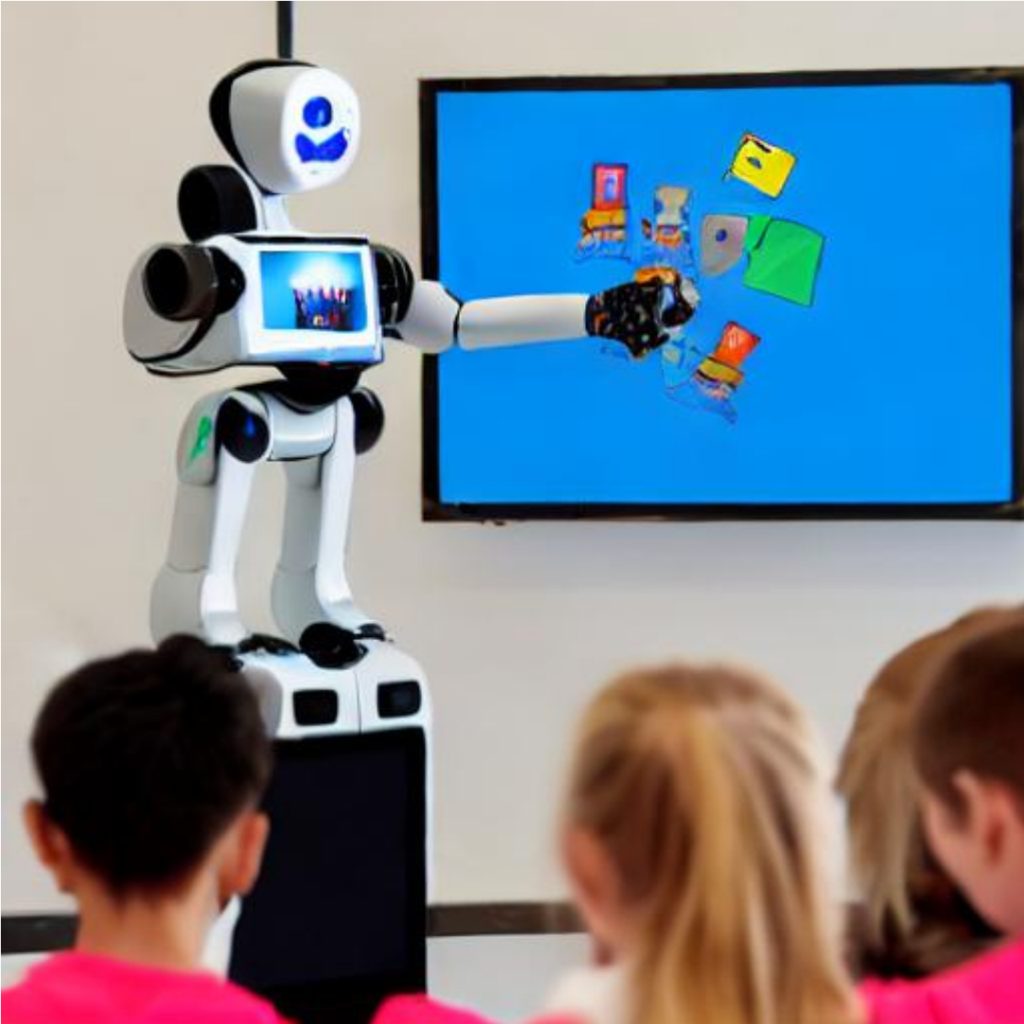
Game-based Learning: The Benefits for Teachers and Students
The use of game-based learning in the classroom has grown in popularity in recent years. With the rise of technology, game-based learning has become an increasingly attractive option for teachers looking to engage their students. Game-based learning has been shown to have a number of benefits for both teachers and students. In this article, we will discuss the benefits of game-based learning for teachers and students, and provide tips for implementing games in the classroom.
Introduction
Game-based learning is a teaching method that utilizes games as a way to engage students in the learning process. This type of learning has been found to be beneficial for both teachers and students. It has been shown to improve problem-solving skills, literacy skills, creativity, and cooperation among students. Additionally, it can be used to enhance classroom management, communication, and even professional development opportunities for teachers.
Benefits for Teachers
One of the most obvious benefits of game-based learning for teachers is improved classroom management. By introducing games into the classroom, teachers are able to keep their students engaged and focused on the lesson plan. Games also provide an opportunity for teachers to communicate more effectively with their students by providing an interactive platform for discussion.
Another benefit of game-based learning for teachers is enhanced creativity. By utilizing games as part of the lesson plan, teachers can encourage their students to think outside the box and develop creative solutions to problems. Additionally, game-based learning provides teachers with professional development opportunities as they can use games to hone their own skills and gain new insights into effective teaching strategies.
Finally, game-based learning has been shown to increase job satisfaction among teachers. Games can be used to break up the monotony of traditional teaching methods and make teaching more enjoyable for both teachers and students.
Benefits for Students
Game-based learning has a number of benefits for students as well. One of the most important is improved problem-solving skills. By utilizing games as part of the lesson plan, students are given the opportunity to develop their critical thinking skills as they work together to solve puzzles and complete tasks.
Another benefit of game-based learning is improved literacy skills. Studies have shown that games can be used to help improve reading comprehension and writing skills among students. Games can also help improve cooperation among students as they work together to complete tasks and achieve goals.
Finally, game-based learning can make learning more enjoyable for students. Games provide an engaging way for students to learn, and can help keep them motivated and interested in the lesson plan.
Types of Games
There are a variety of different types of games that can be used in the classroom. Traditional board games such as Chess or Scrabble are great options for engaging students in problem-solving activities. Additionally, traditional outdoor games such as Tag or Hide and Seek can be used to encourage cooperative play among students.
Tips for Implementing Games in the Classroom
When it comes to implementing games in the classroom, it’s important to choose the right game for the right age group. Younger children will likely enjoy simpler games such as Matching or Memory while older children may prefer more complex board games such as Monopoly or Risk. Additionally, it’s important to incorporate the game into the lesson plan so that it’s clear how it relates to what is being taught. Finally, it’s important to set rules and expectations before beginning the game so that everyone is on the same page.
Conclusion
In conclusion, game-based learning has a number of benefits for both teachers and students. It can be used to improve problem-solving skills, literacy skills, creativity, and cooperation among students while also providing teachers with improved classroom management and communication tools. There are a variety of different types of games that can be used in the classroom, so it’s important to choose the right game for the right age group. Finally, it’s important to incorporate the game into the lesson plan and set rules and expectations before beginning the game. With these tips in mind, teachers can use game-based learning to create an engaging and enjoyable experience for both themselves and their students.
This article (except for this part) is fully written by Moonbeam, this can be a direct comparison to the two previous AI generated articles as what the AI’s can do.




